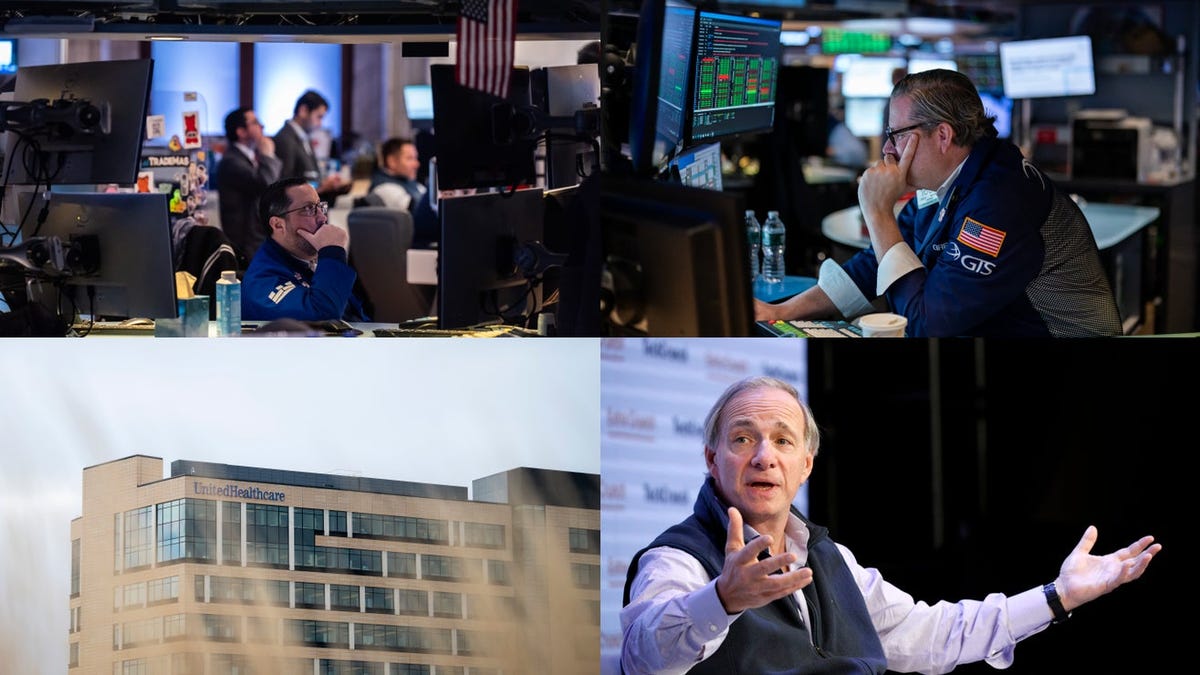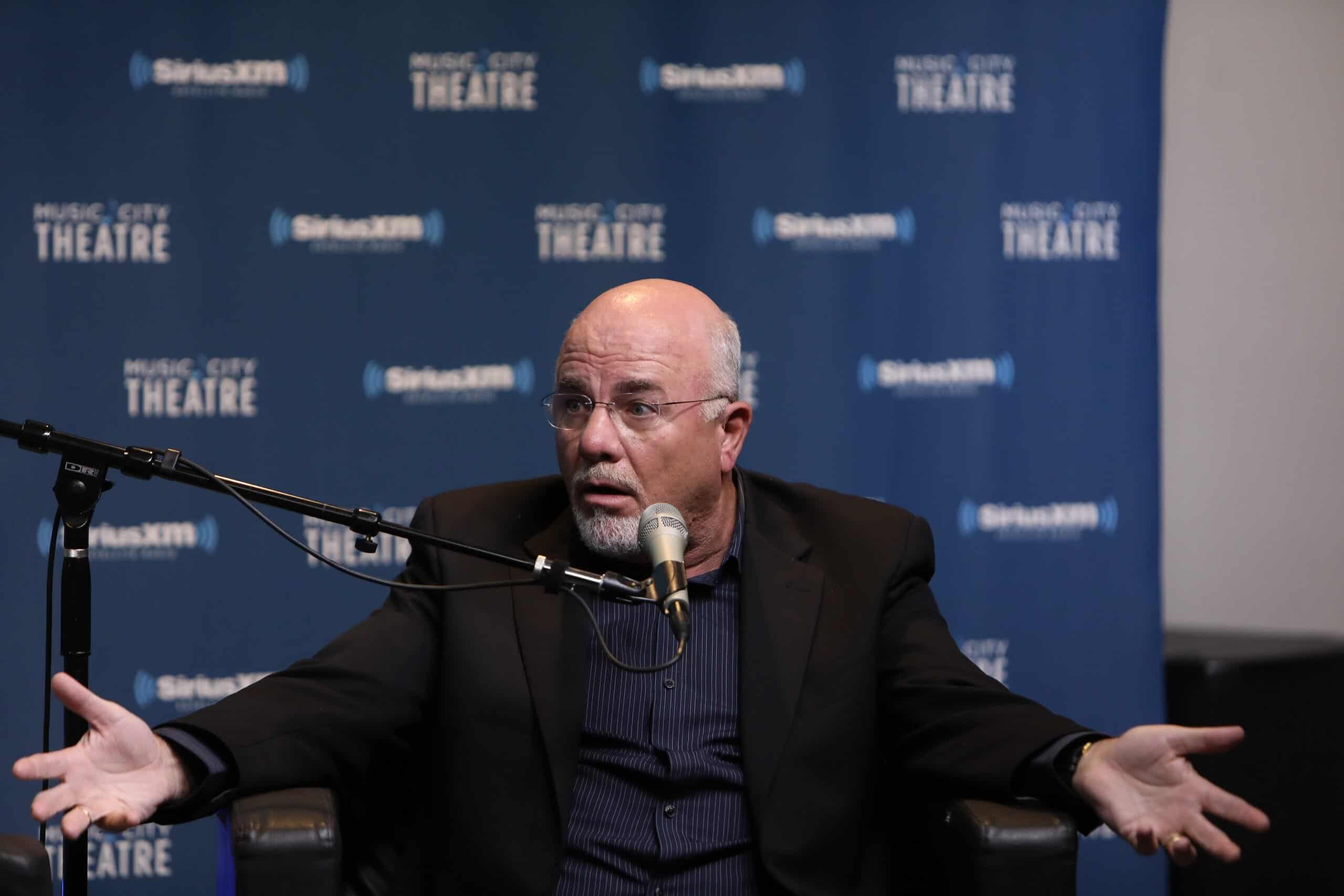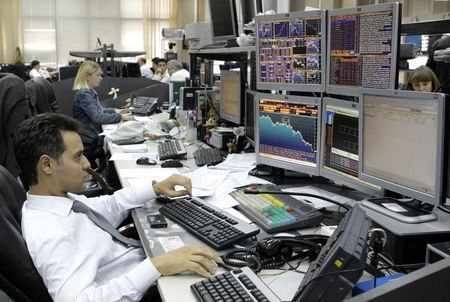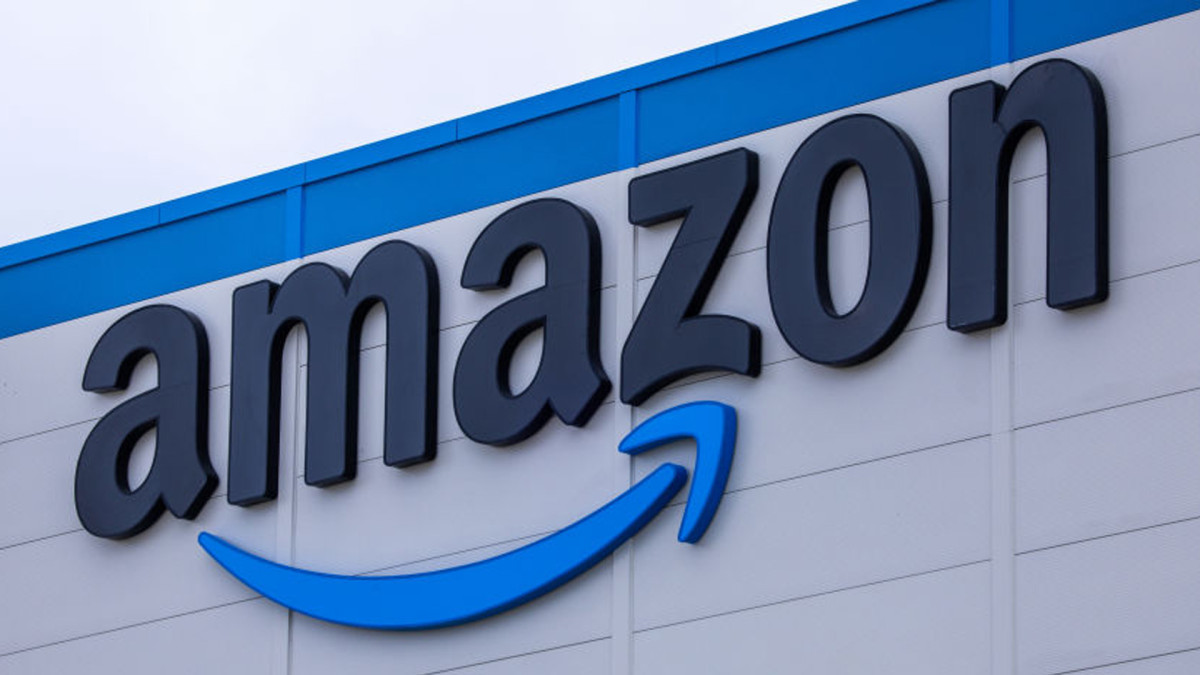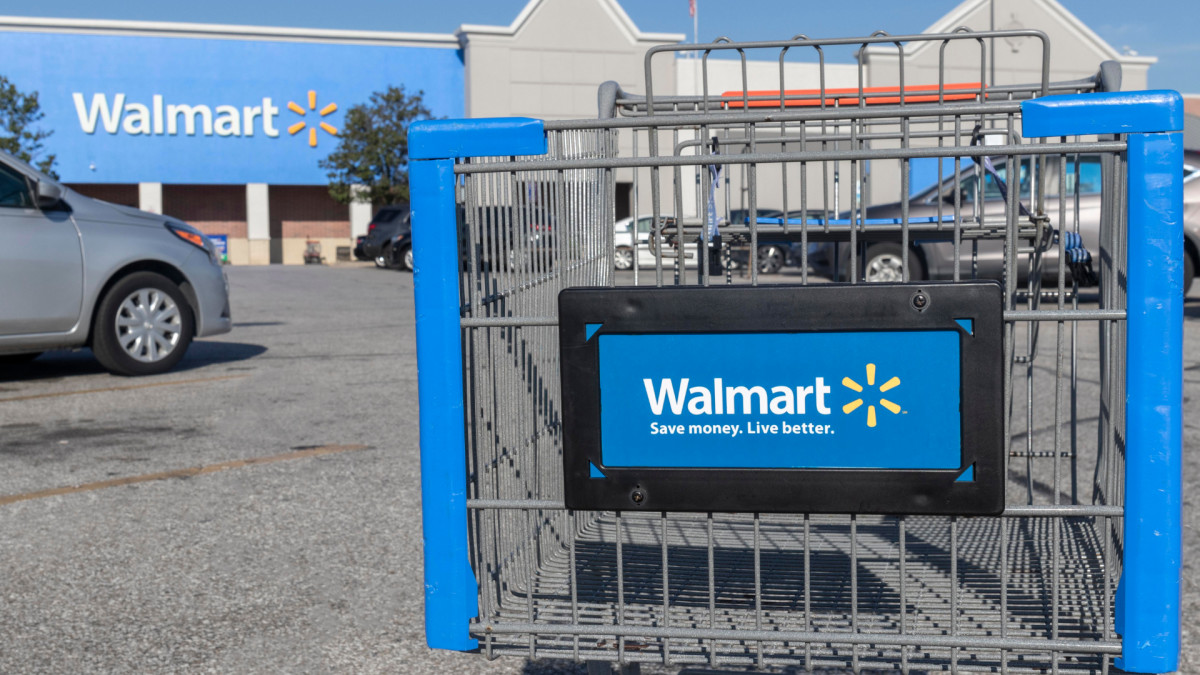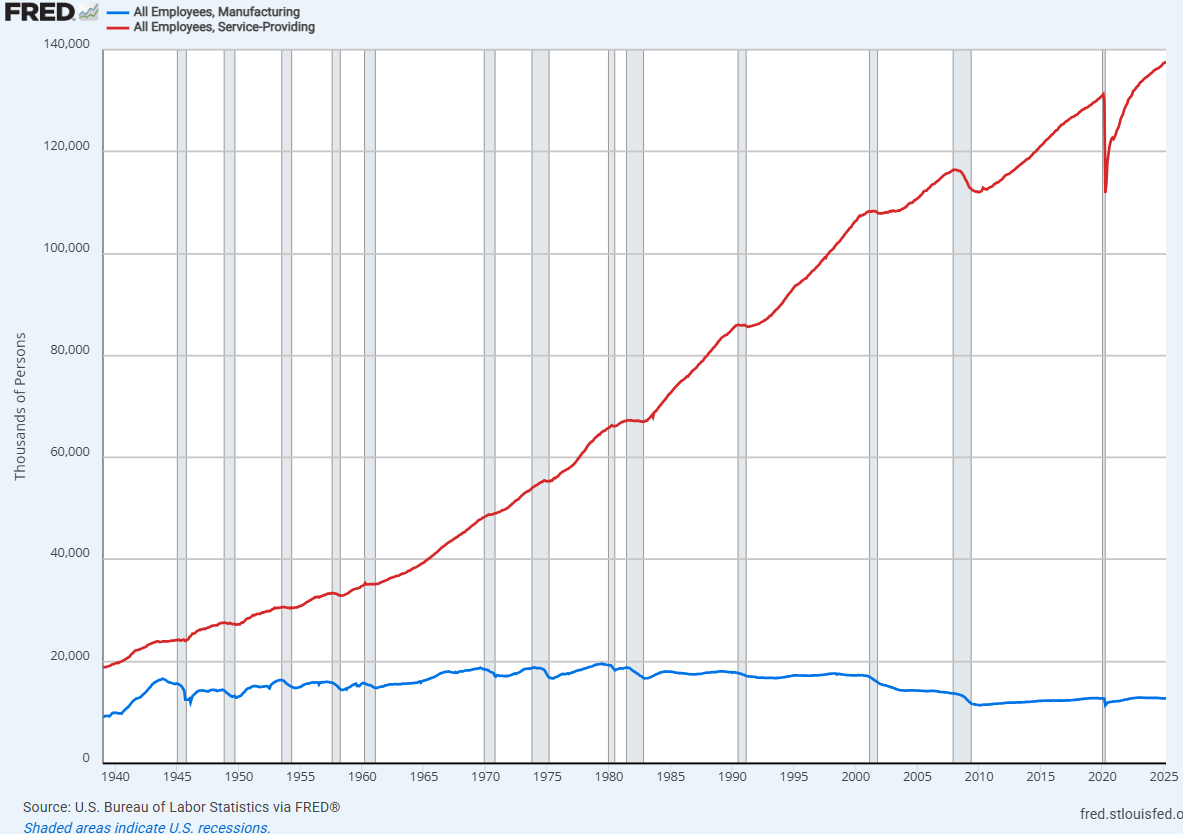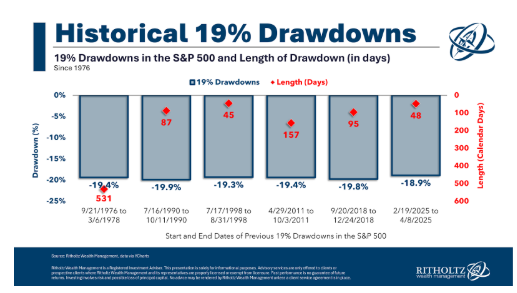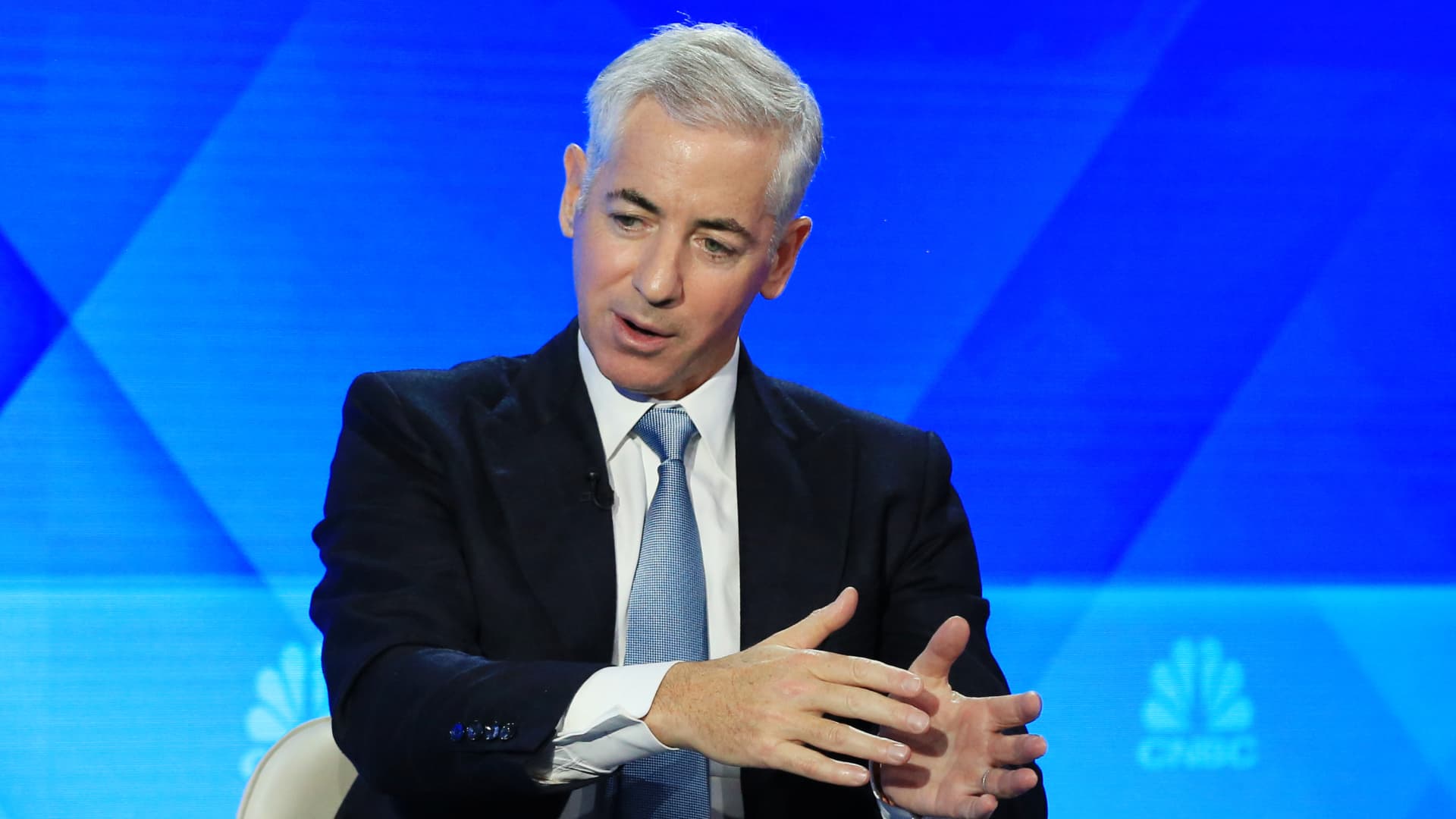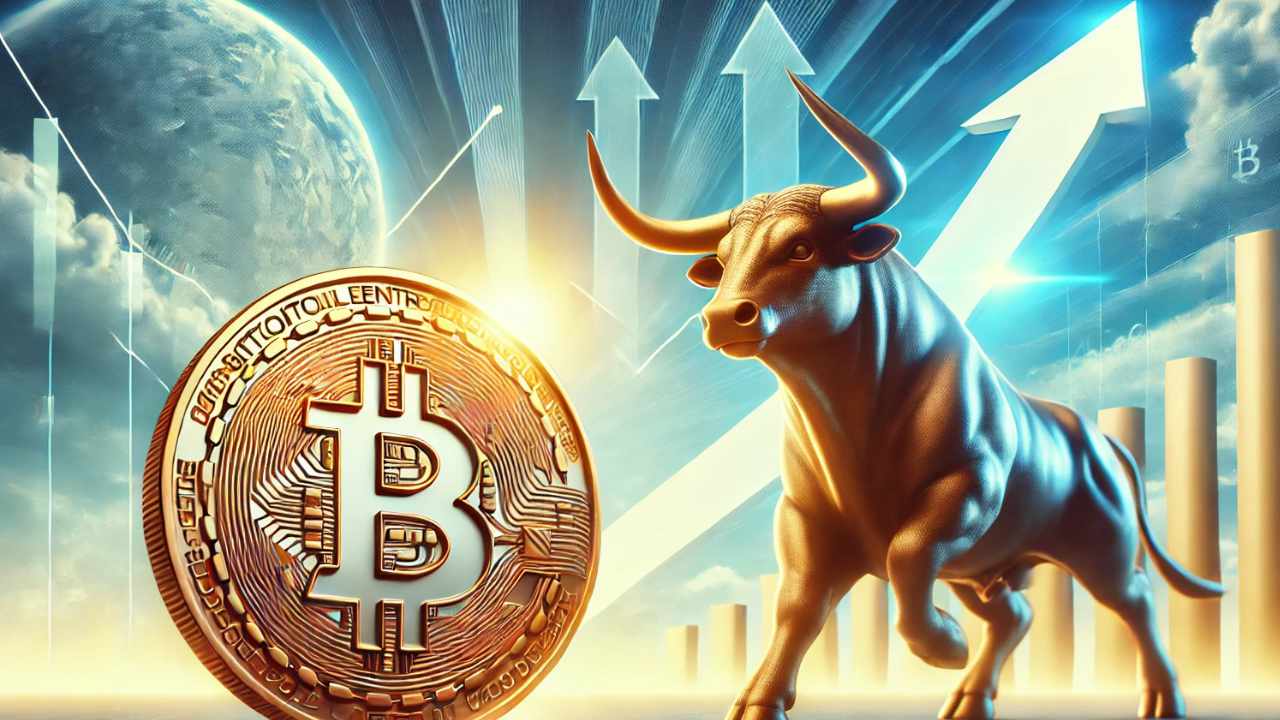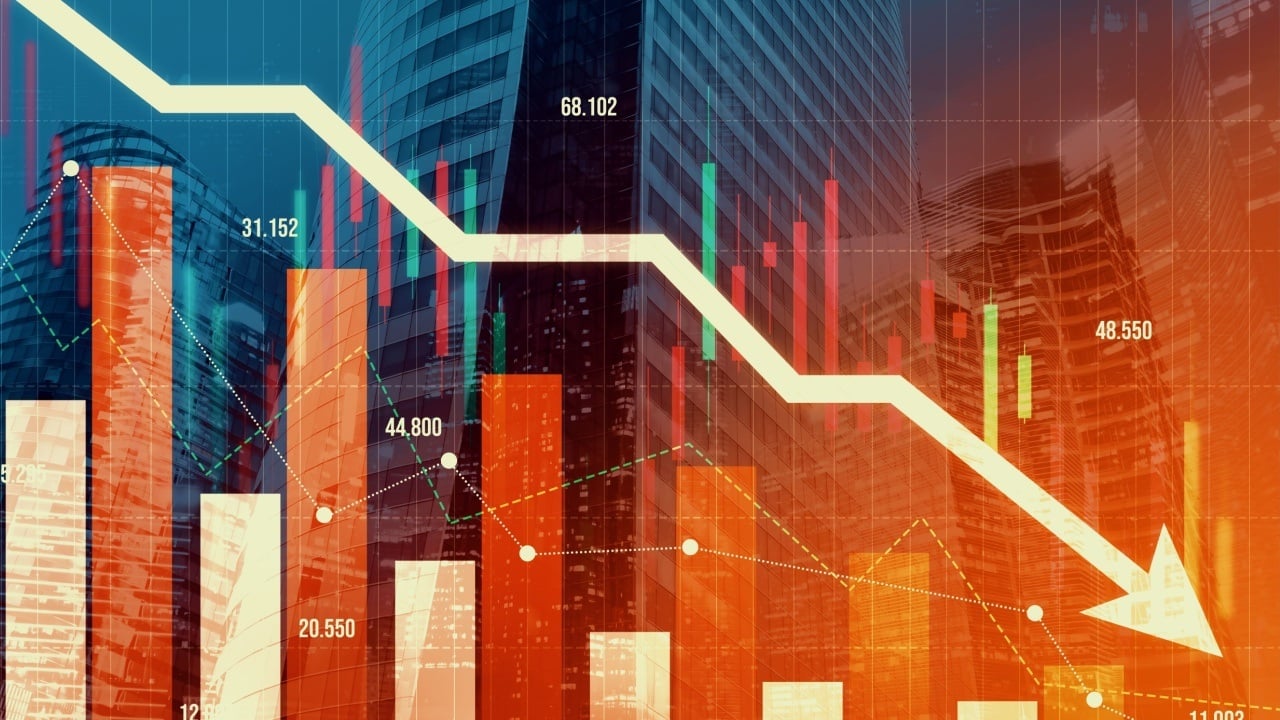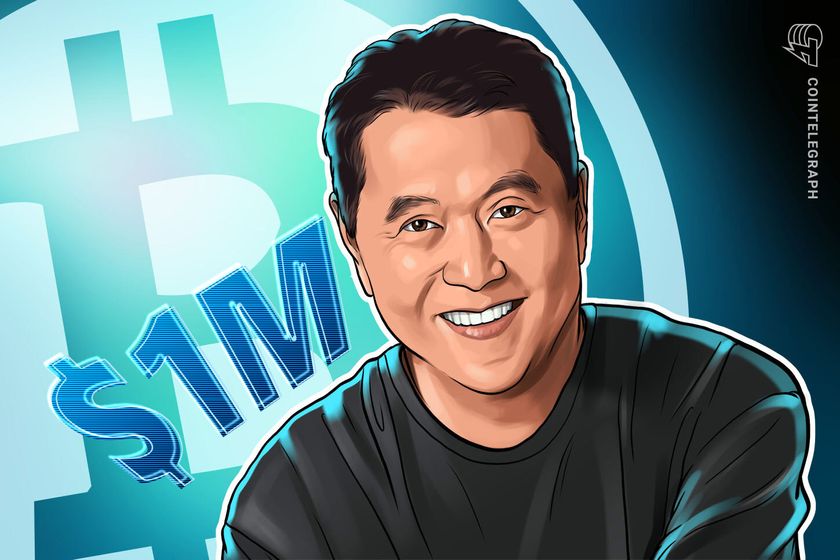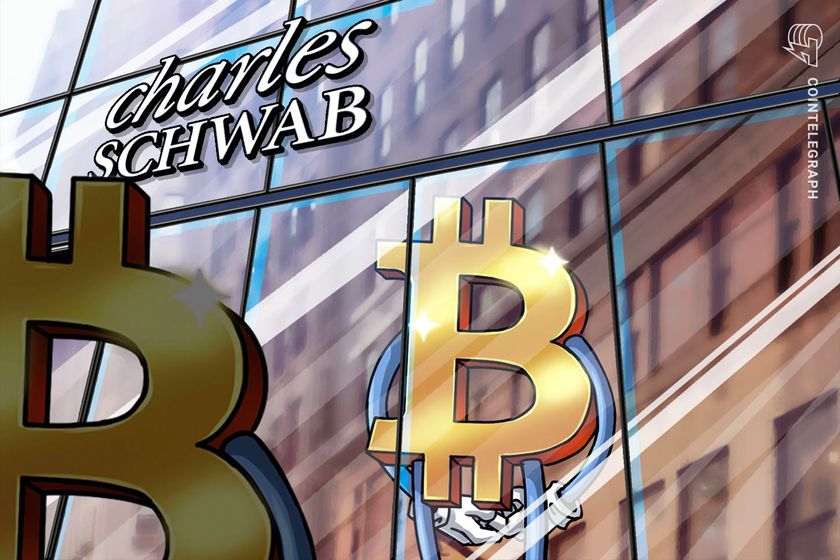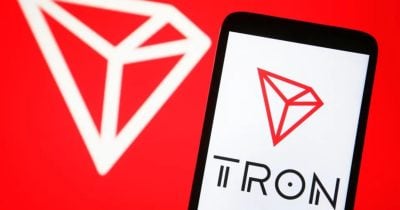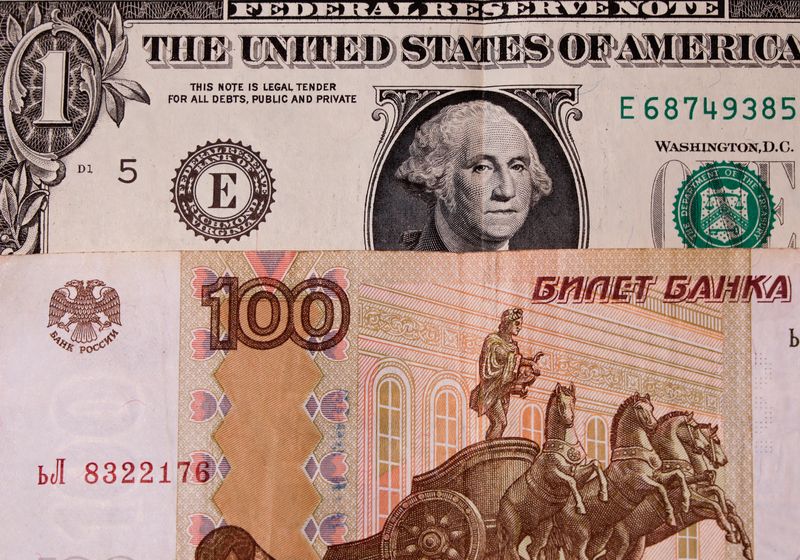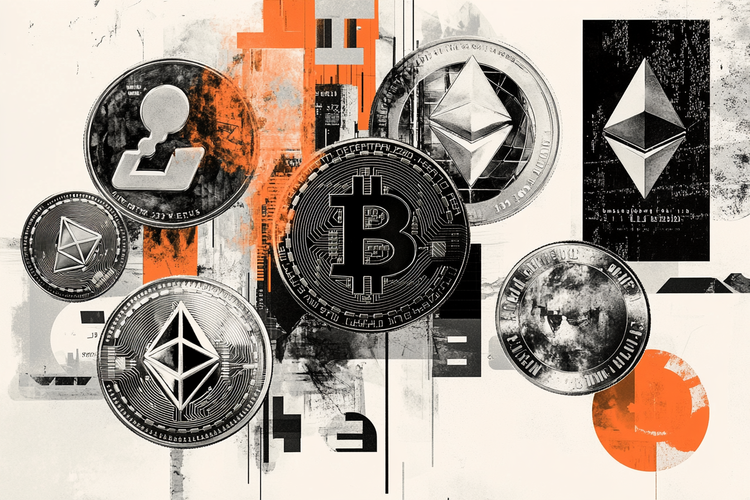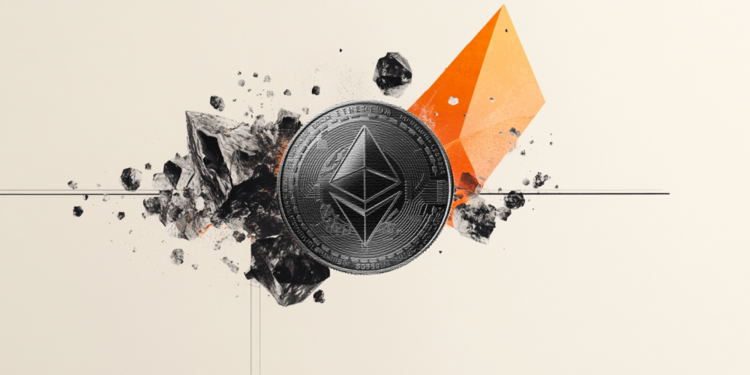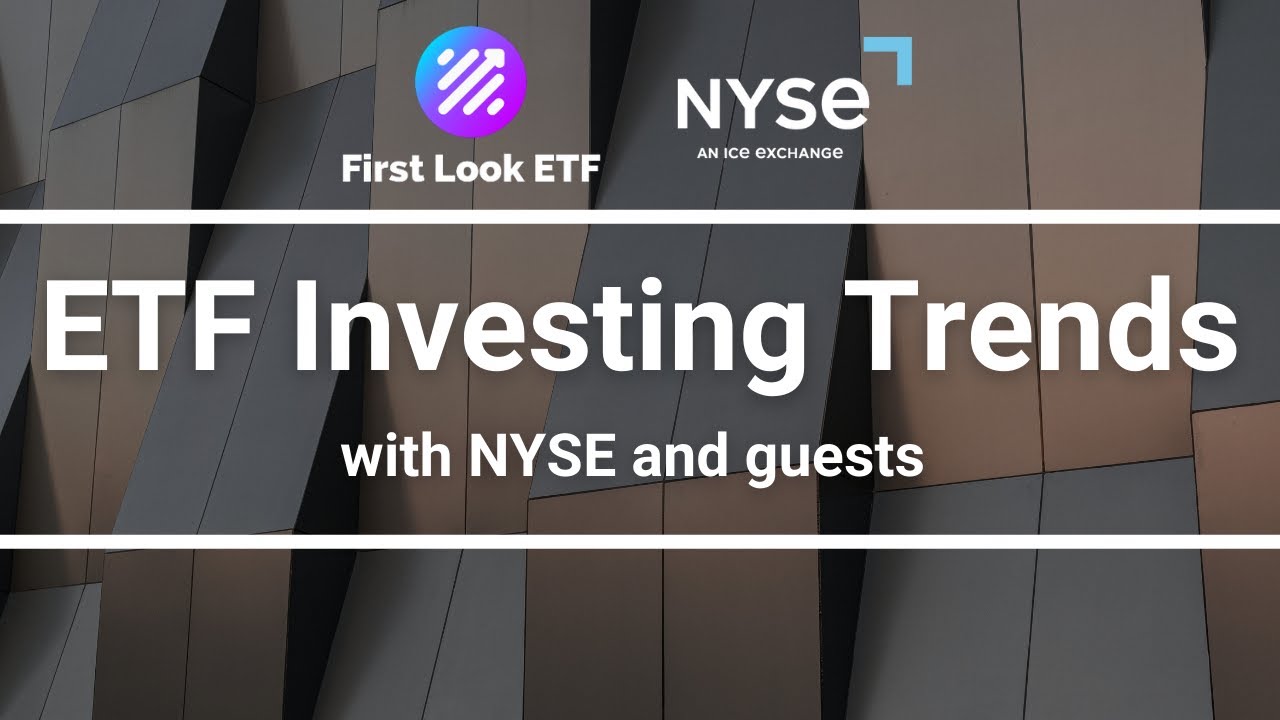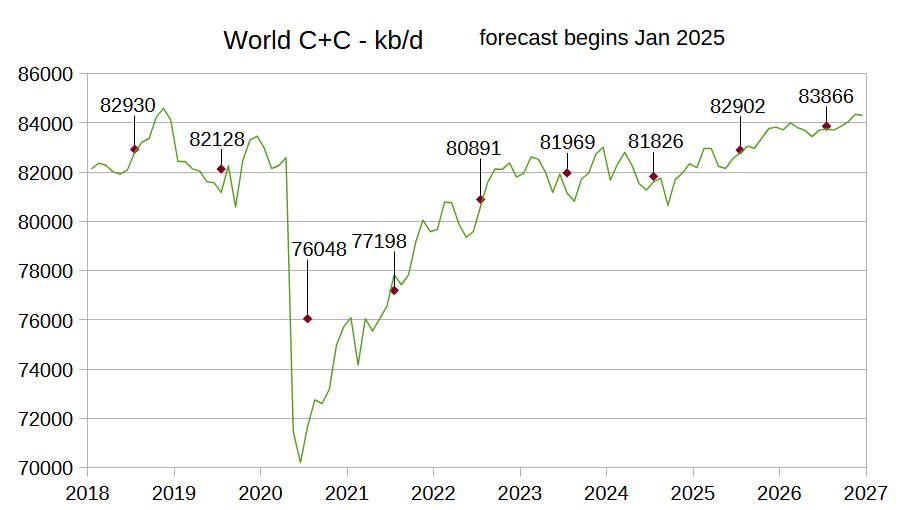Upstart Has Gained 150% in 1 Year -- but Will It Go Even Higher?
Upstart (NASDAQ: UPST), the AI-focused lending platform operator, has been an incredible performer. After falling by more than 95% from its pandemic-era high by the end of 2022, the company's stock has come roaring back to life. Over the past year alone, Upstart's stock price is up by about 150%.I'll get into the reasons in the next section, but the gain is certainly justified by Upstart's business. However, the lending market remains sluggish due to persistent high interest rates, and Upstart is still trading for less than one-quarter of its all-time high. Could there be even more outperformance in store for the rest of 2025?The short answer is that Upstart has produced a series of better-than-expected earnings reports in a difficult environment for lending, and market conditions are finally starting to become more favorable. Plus, Upstart's underwriting model continues to produce better default rates and loan performance than traditional models.Continue reading

Upstart (NASDAQ: UPST), the AI-focused lending platform operator, has been an incredible performer. After falling by more than 95% from its pandemic-era high by the end of 2022, the company's stock has come roaring back to life. Over the past year alone, Upstart's stock price is up by about 150%.
I'll get into the reasons in the next section, but the gain is certainly justified by Upstart's business. However, the lending market remains sluggish due to persistent high interest rates, and Upstart is still trading for less than one-quarter of its all-time high. Could there be even more outperformance in store for the rest of 2025?
The short answer is that Upstart has produced a series of better-than-expected earnings reports in a difficult environment for lending, and market conditions are finally starting to become more favorable. Plus, Upstart's underwriting model continues to produce better default rates and loan performance than traditional models.
























